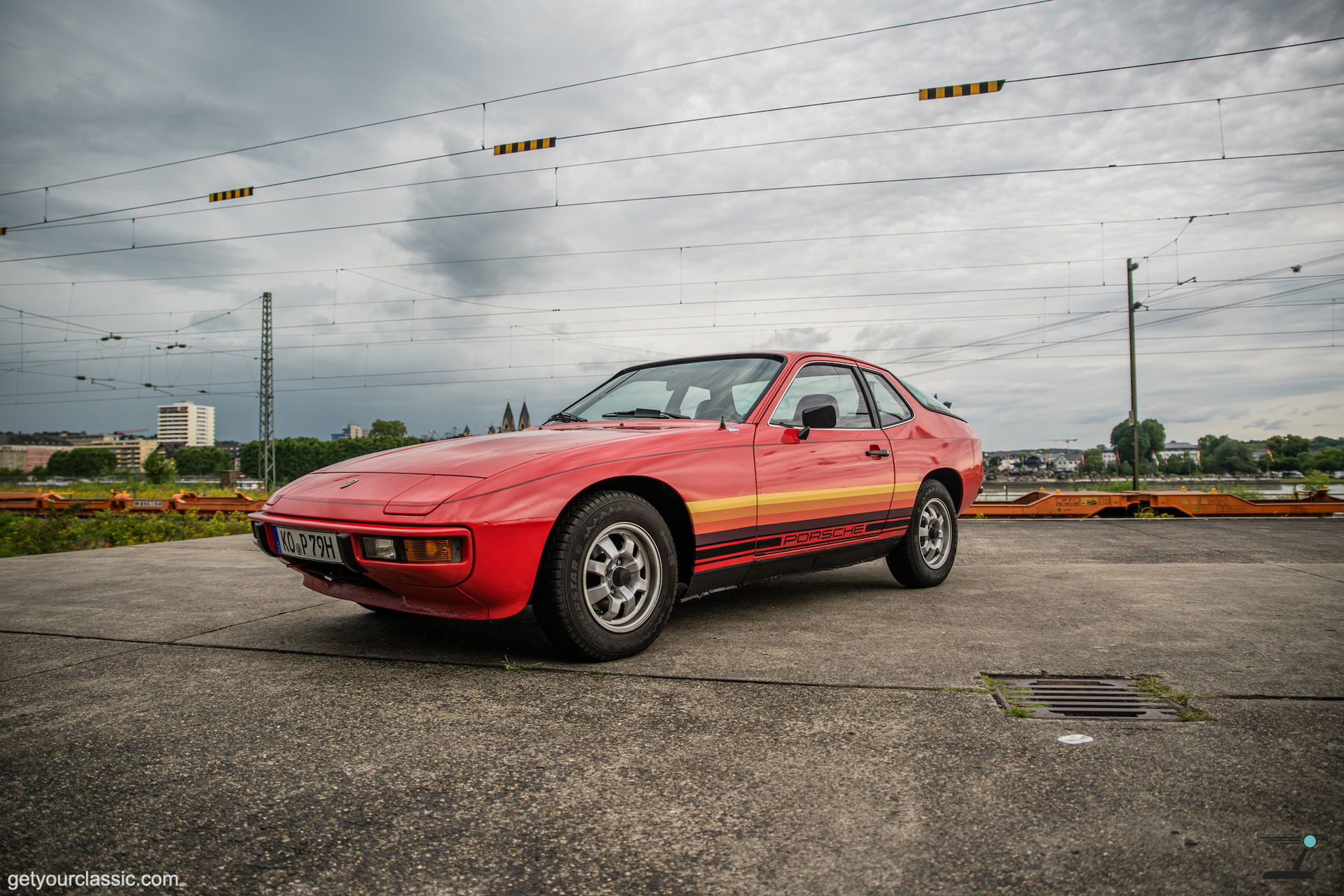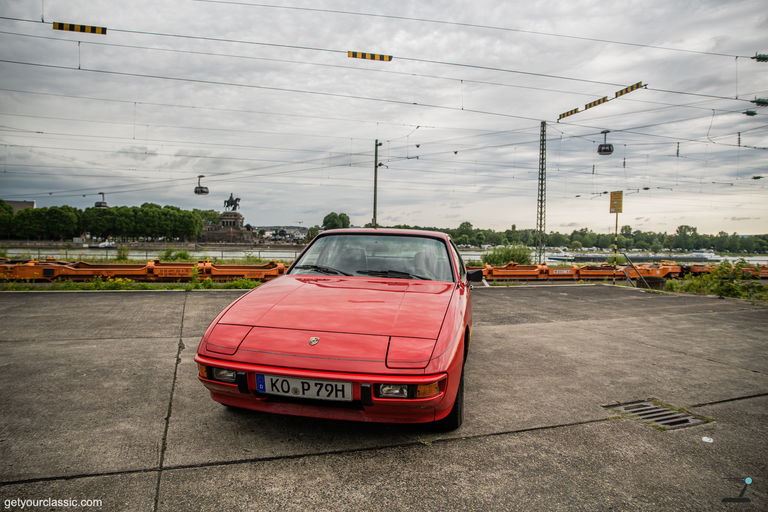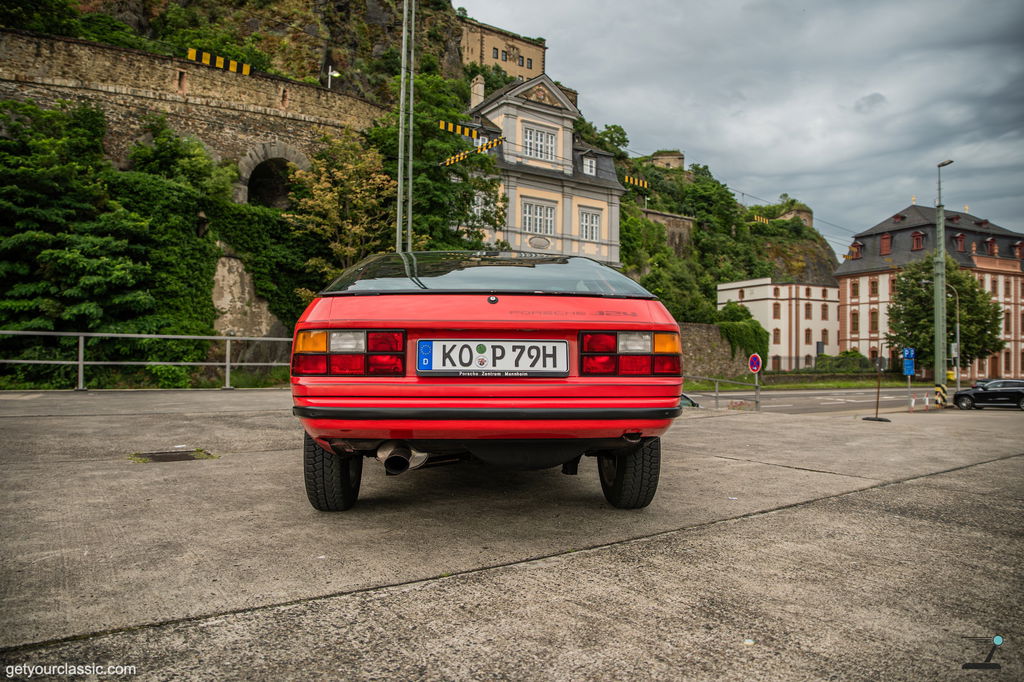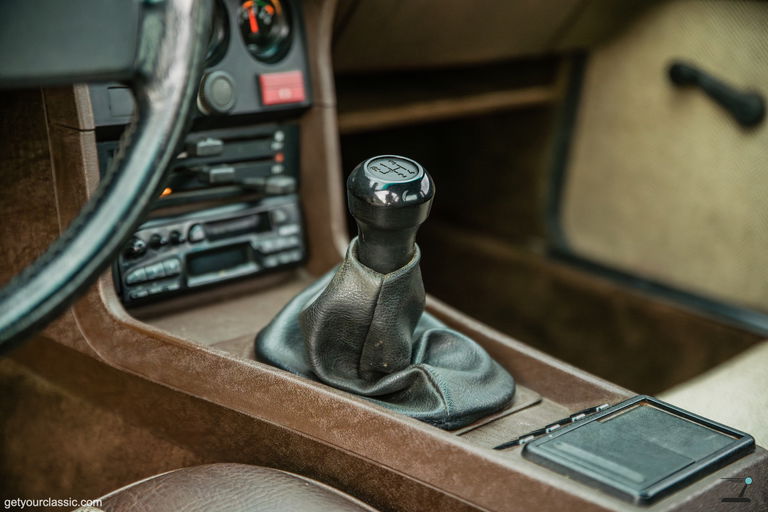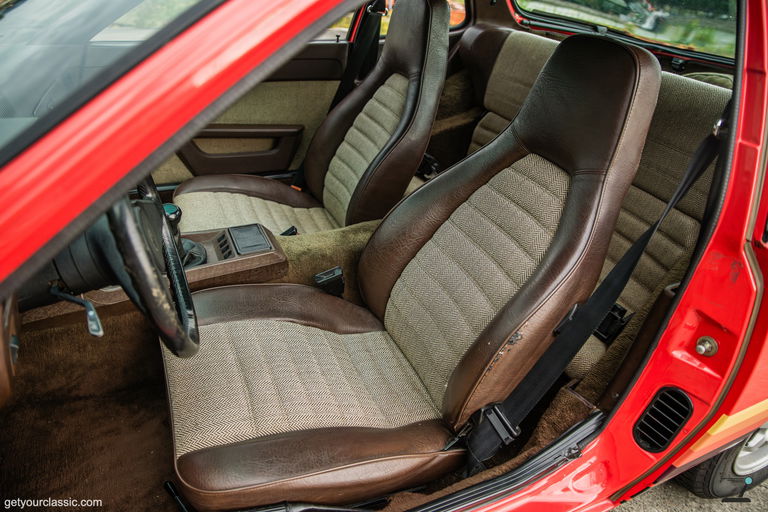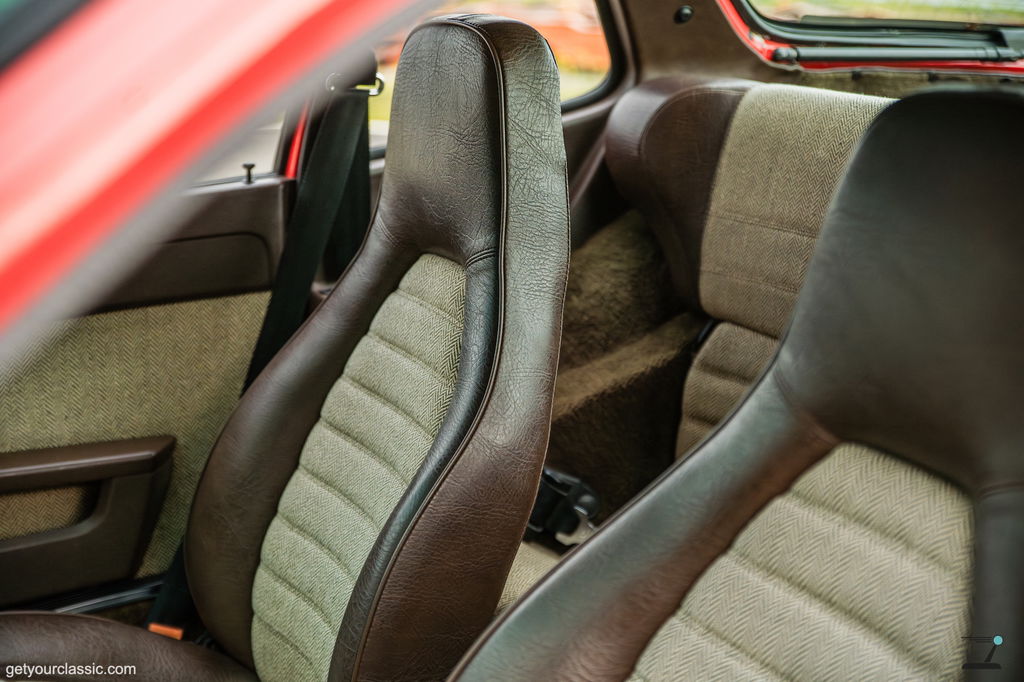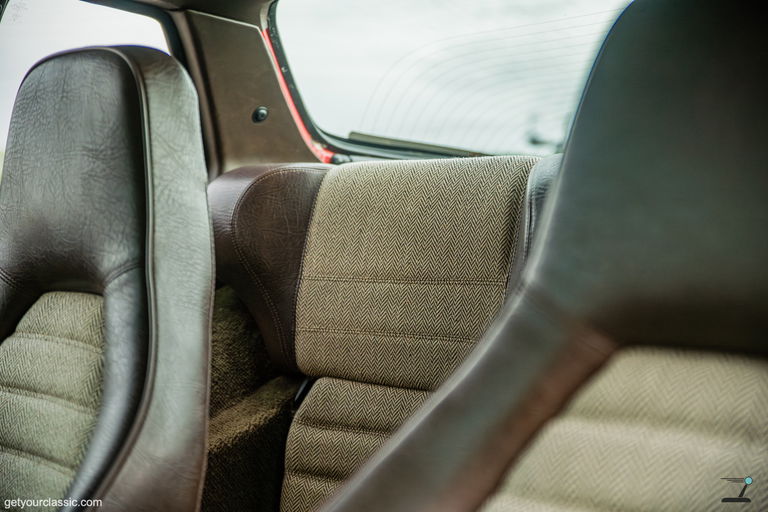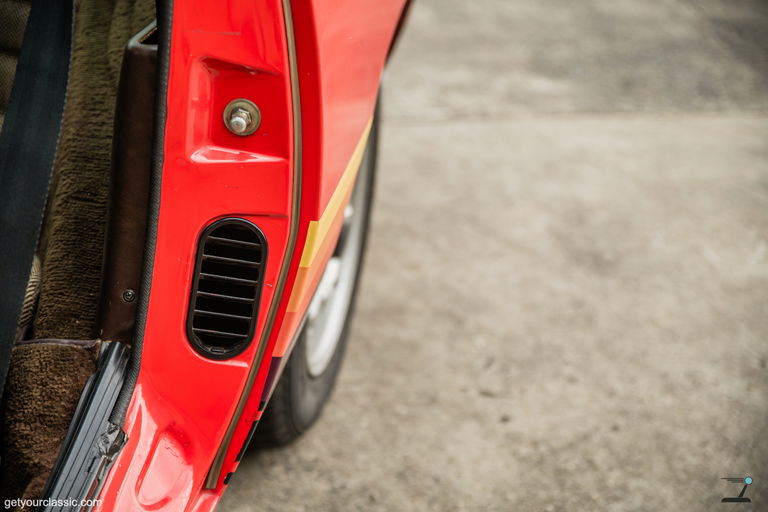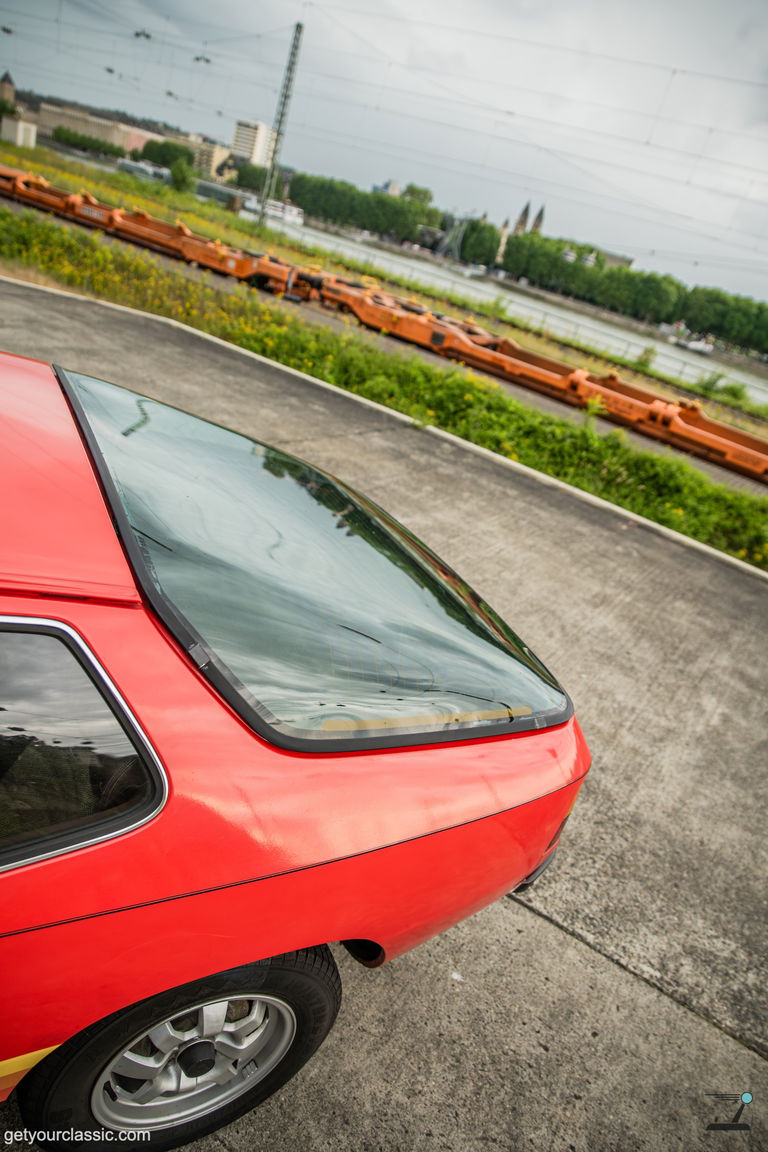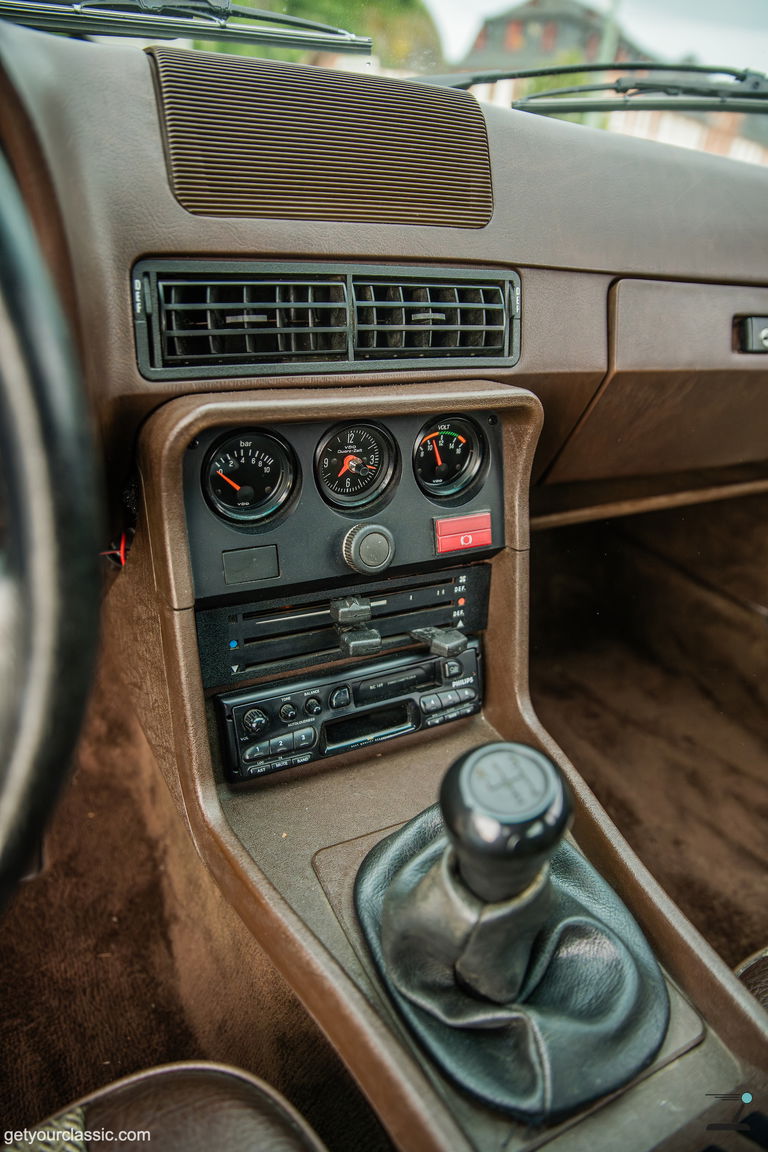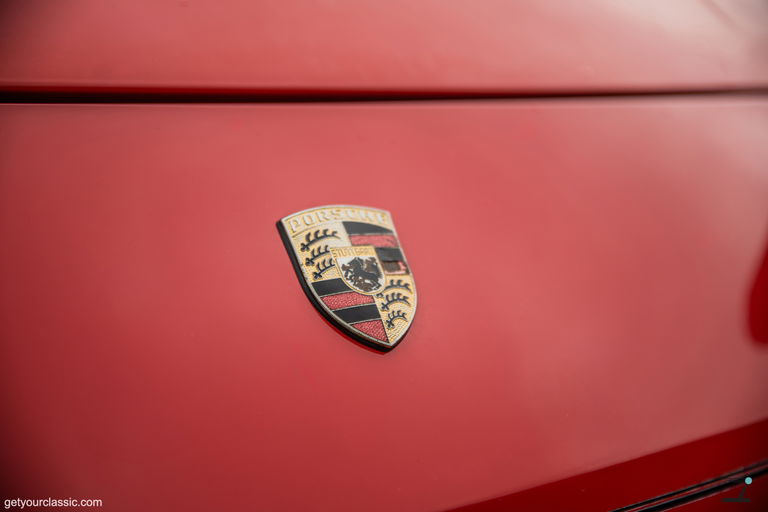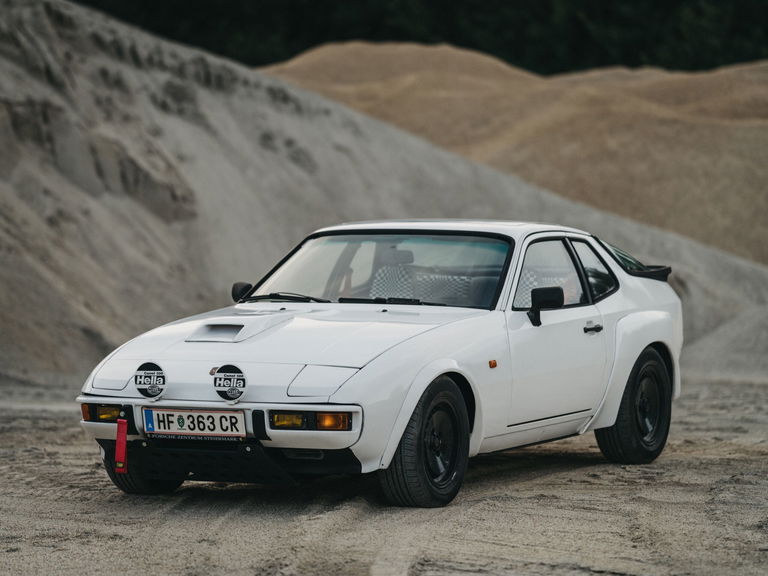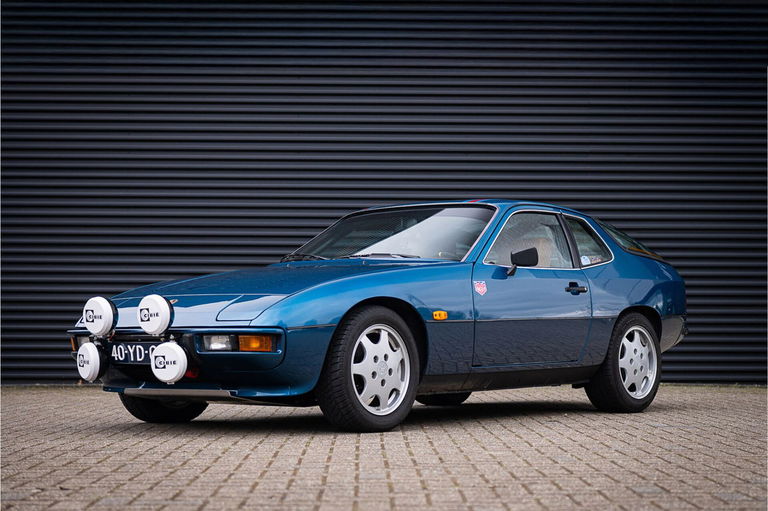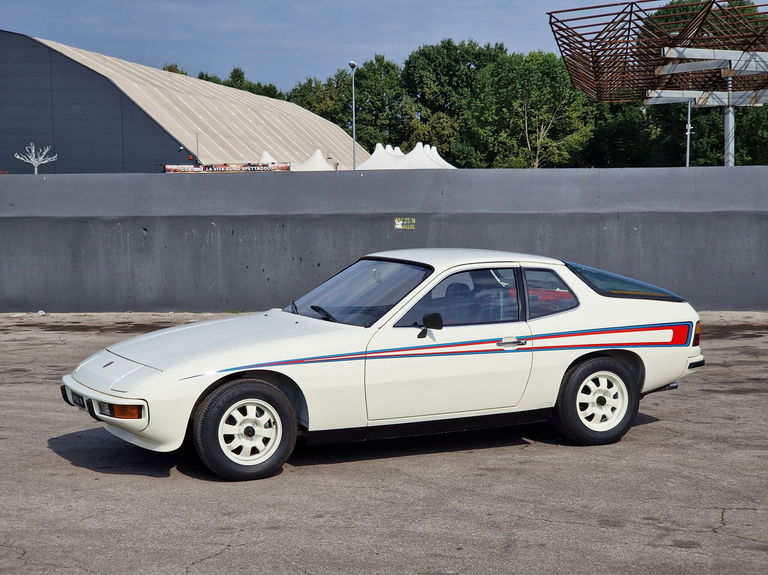The Porsche 924, a car that was the result of a rather unusual partnership between Volkswagen and Porsche. It all started with Vertriebsgesellschaft (VG), a sales and marketing joint venture funded by both companies to market their sports cars. Volkswagen wanted to make this beauty its flagship coupe, which was internally called "Project 425". Porsche, on the other hand, wanted it to replace its 914 and mark the entry-level sports car of choice.
Imagine this: Volkswagen did not exactly have a great team for developing sports cars at the time. Enter Porsche, which had taken over development work from VW since the 1940s. So Porsche was tasked with developing this new sports car, but with a catch: it had to use an existing VW/Audi inline-four engine. The clever Porsche engineers opted for rear-wheel drive and placed a transaxle in the rear. This ingenious design method gave the car a nearly perfect weight distribution of 48/52 between the front and rear axles, which improved traction and braking.
Then came the 1973 oil crisis and a whole series of regulatory changes. Volkswagen underwent a board reshuffle, and suddenly the idea of a VW sports car seemed less exciting. Project 425 was shelved in favor of the more practical Golf-based Scirocco. Needing a replacement for the 914, Porsche struck a deal with VW to buy back the design. With the 914 out of production and a gap to fill, Porsche brought the 912 back to the North American market as a Stopga.
The deal was simple: the car would be built at the old NSU factory in Neckarsulm, with VW employees taking over production under Porsche's supervision. The design would belong to Porsche, and the car made its big debut in November 1975 – not at a fancy car show, but at a port in La Grande Motte in the Camargue. Cheap to build, the 924 proved to be a moneymaker for Porsche despite criticism of its performance. It ended up being one of the company's best sellers.
Under the hood of the original 924 was an Audi-sourced four-speed manual transmission, now working as a rear axle drive, paired with VW's 2.0-liter EA831 inline-four engine. This powerplant had a long history as a globetrotter, finding its way into the Audi 100, Volkswagen LT Van, and even the AMC Gremlin, Concord, Spirit, and Post Jeeps in the U.S. In the 924, the engine received a Porsche-designed cylinder head and Bosch K-Jetronic fuel injection, and produced 95 hp in North America, which was increased to 110 hp in 1977 with the addition of a catalytic converter. Initially there was only a four-speed manual, but by mid-1977 a five-speed doggle gearbox was offered. An Audi three-speed automatic was also added to the lineup in 1977.5. By 1980 the five-speed gearbox had morphed into a conventional H-gear, making finding reverse a little easier.
This is the story of the Porsche 924, a car that was born with collaboration, built with ingenuity and, despite all the prophecies of doom, developed into a major market leader.
This 924 was built in 1979 so is an early model with no spoilers or other visual extras. It came in red with a brown interior. The owner added some stickers and stripes to get a bit of a surf look.
